Top 9 Rock Festivals
This week Classic Rock Review joins the celebration of the 45th Anniversary of the historic 1969 Woodstock Music Festival. In conjunction with Top 9 Lists, we present a list of the Top 9 […]

This week Classic Rock Review joins the celebration of the 45th Anniversary of the historic 1969 Woodstock Music Festival. In conjunction with Top 9 Lists, we present a list of the Top 9 […]
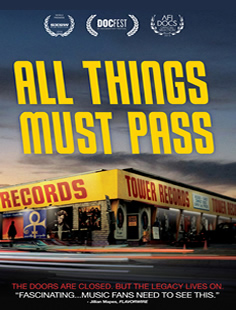
The chronological framework of Classic Rock Review spans the years 1965-2000 in order to coincide with the rise and fall of the traditional, artist-driven, hard-copy “album”. Nearly mirroring this time span and on […]
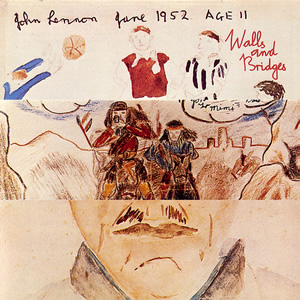
Buy Walls and Bridges Walls and Bridges seems to be one album that often gets lost in the John Lennon collection. It is not as dramatic as Plastic Ono Band, nor is it […]
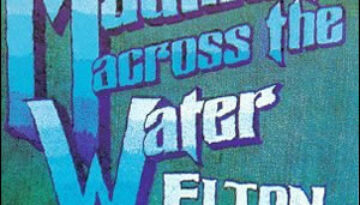
Buy Madman Across the Water Madman Across the Water was the fourth studio album by Elton John and his sixth overall album released within a span of just 29 months. The album is […]
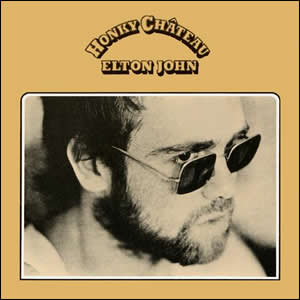
Buy Honky Château Although barely three years into his international career, Elton John was already on his fifth major label album by mid 1972 with Honky Château. It featured John’s regular touring band, […]
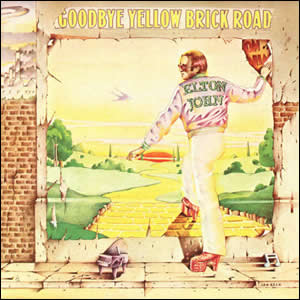
Buy Goodbye Yellow Brick Road We’ve been down this road before of critiquing double albums which would have worked better as a single album. See our recent review of Exile On Main Street […]